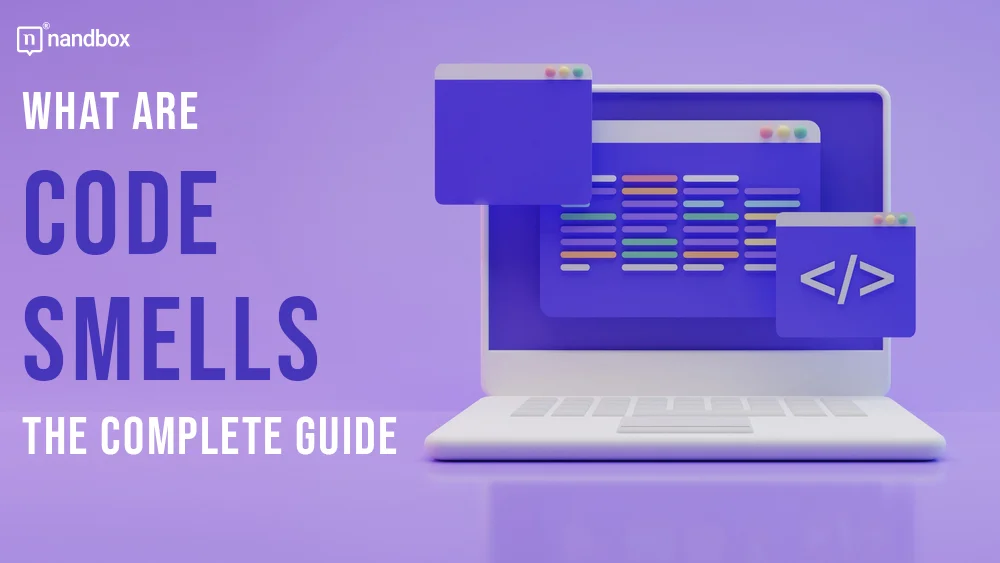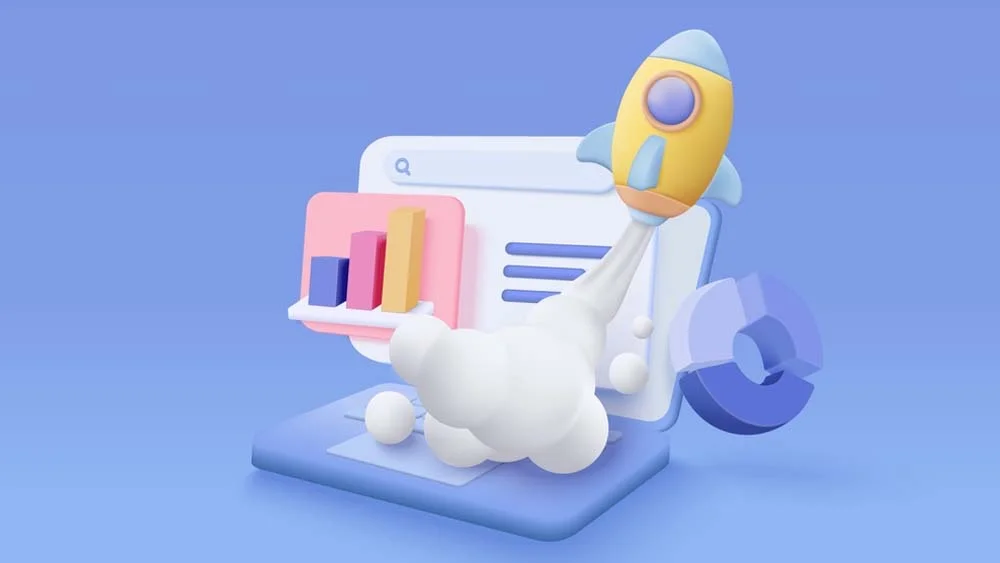The Significance of Codes in Application Development
Coding has been here for as long as we can remember. It is one fundamental part of programming that has been here from the very beginning. However, the concept of coding and codes has witnessed a transformative wave along the way and evolved several times based on the technological advancements that took place during each period.
Codes are always considered to be the foundations of any software, application, or website. And to maintain a healthy establishment, you have to make sure that you have solid foundations. Therefore, they are implemented in every part and phase of developing applications and software. So, for instance, designing a layout and adding UI elements to an application depend on coding. This, of course, is in addition to adding core features and infrastructure that users need to use an application. Codes come in different programming languages, forms, and types. Each one of them is used for a specific function or action in an organized manner. They support the whole application as a structure, which is technically what makes it complete.
What is Code Smell?
Familiar with the Smelly Cat song? Well, we can replace the cat with code, because it is not their fault.
Code smell is a term that originated in the late 1990s, and this era was known for its programming and development breakthroughs. The popular software programmer and developer, Kent Black, coined the term during his research on the impact of design quality on the development process.
Kent Black is also the brain behind the concept of extreme programming, which emphasizes quality, producing software with high performance, and prioritizing great quality first and foremost. It was then that the term code smell came to life as a way to describe certain kinds of problems. But aren’t these supposed to be bugs, glitches, or errors? Aren’t they the same? The answer is no; both terms and concepts are completely different. The problems we are dealing with in code smell are not essentially bugs; they are something fishy—literally smelly.
Code smell consists of infringements in the way the code is designed, implemented, and executed. So, this means that applications and software with code smells can work perfectly fine. However, in the long run, it wouldn’t perform as expected, and many issues would result. Code smell increases and puts an application at risk of failing if it is not fixed. They could turn into code rot, which is the next phase of code smell.
Exploring Different Types of Code Smell
There are many types and forms of code violations that could cause code smell, and each has its own severity. Let us explore each type and rate them on a smelliness scale!
1. Duplicate Code
Code duplication, or duplicate code, is one of the most common violations and problems that lead to code smell. Sometimes code duplication happens unintentionally, and sometimes it is executed by developers. Code duplication is the case where there is repetitive code in many places all over the application. Some developers do this as a way to save time; little did they know that this would cause them trouble. This duplication causes more harm than good, as it can lead to security breaches where attackers can breach the software swiftly. It also leads to performance issues that cause user frustration and dissatisfaction. So, that is why I’m going to give a duplicate code a smelliness rate of 8/10
2. Dead Code
Dead codes are also very common types that cause code smells. However, it is not as complex as duplicate codes. Dead code happens when there is an unnecessary code found in the application or software infrastructure. Now, unnecessary can mean a lot of things, but in this case, it means that it is not in the end and not working at all. Dead codes can cause some problems when they are found in abundance. They lead to clutter along the infrastructure that hinders the app’s or software’s performance. Despite the issues dead codes may cause, they are not an obstacle and can be fixed effortlessly. Developers would just remove it and that is it. And that is why this has a smelliness rating of 4/10
3. Improper Names
Improper code, variables, and function names are some of the big indicators of code smells or unclean code. Codes, variables, and functions can’t be treated the way we treat file names on our laptops and PCs. It can be completely generic or improper. These names need to be descriptive and represent the function or variable clearly and briefly. Anything besides this can make the code difficult to comprehend, thus running the application into some serious problems. Changing variable and function names is difficult to maintain and alter, which is why it rated 9/10 on the smelliness rate.
The Importance of Identifying Code Smell
Identifying and addressing code smells is crucial in software development for several reasons:
Early Detection of Issues
Code smells are frequently an indication of underlying issues in the code. Early detection is key to avoiding problems like bugs, security holes, and poor performance.
Maintainability
Code smells can greatly impair the maintainability of the code. They raise technical debt by making the code more difficult to read, change, and extend. By fixing them as soon as possible, you enhance the code’s clarity and maintainability.
Quality Improvement
There is a correlation between code smells and poor quality. By fixing these problems, we can make the codebase more secure, dependable, and user-friendly.
Enhanced Collaboration
Developers are more likely to work together effectively with clean, easy-to-read code. Fixing code smells makes the code more readable, which in turn improves collaboration and information exchange within the team.
Performance Optimization
Slowdowns in performance are often the result of bad code smells. If these problems are found and fixed, the application’s performance will increase, making it faster and more responsive.
Better User Experience
Better reliability and fewer bugs are two common outcomes of writing clean, high-quality code. Since this lessens the possibility of running into problems, it improves the quality of service provided to end users.
Learning Opportunity
The learning opportunity that code smell detection offers developers can be very beneficial. Because of this, they are better able to avoid making the same errors again and to strengthen their abilities and skills over time.
How Can You Prevent Code Smell and Maintain Your Application?
1. Refactoring
The first and most important strategy for preventing and getting rid of code smells is refactoring. But what exactly is refactoring? Refactoring is the process of reshaping and altering the code structure without changing or coming near its core or base function. This can also be considered a way of cleaning up code and making it clearer and easier to comprehend. Refactoring is an ideal strategy and way of fixing code smell, as it helps make all changes without starting from the beginning or compromising all the functions. Its results range from maintaining the stability of applications or software to good performance.
2. Extensive Code Review
Code review is an essential part of any development and testing process. It is also an effective way of preventing and getting rid of code smells, especially when utilizing AI code review tools. Code review is a process where developers and programmers take turns reviewing each other’s code and ensuring that everything is both written and executed correctly. This process is also called peer code review. As a further step toward streamlining and facilitating the process, there is an automated code review. This helps accelerate the process and validate the cleanness of the code.
3. OR You Could Just Avoid Codes?
Well, can’t we just avoid code from the very beginning? Although codes are the foundations and building blocks of any application or piece of software, they can also be a burden. In addition to being extremely effort-, money-, and time-consuming, many problems can occur with them, including code smells. Luckily, recent technological advancements have provided us with effective solutions that can lift this burden. No-code and low-code development are two exceptional technologies that facilitate the process of building applications and software. Many platforms, like the nandbox app builder, allow developers and businesses to develop their applications without prior programming or coding knowledge. This helps them save much time, effort, and money and wander with their innovative minds, as executing anything would be much easier.
That is why no-code development is an effective and must-try method of avoiding the consequences of code smell and building robust applications.






